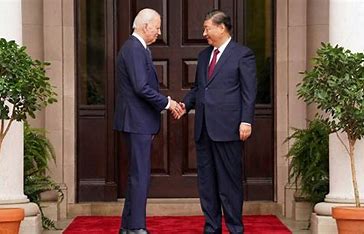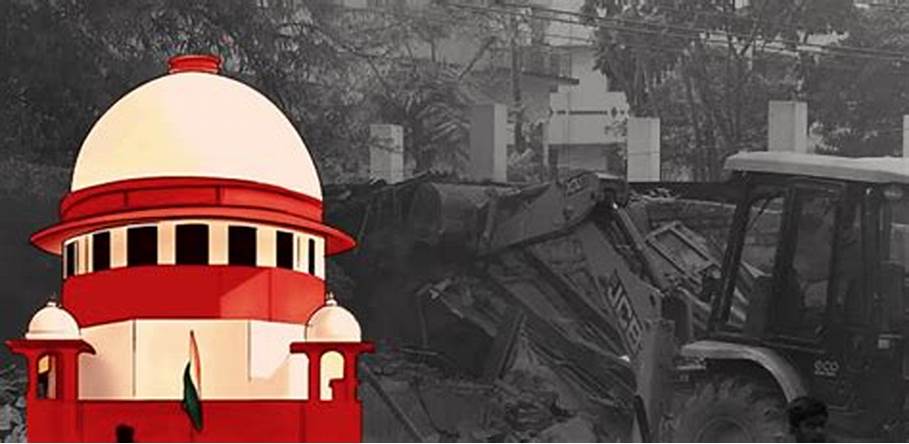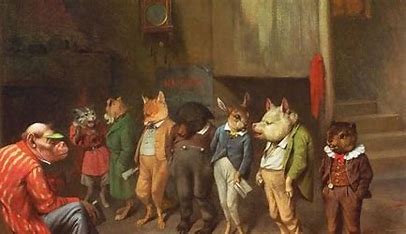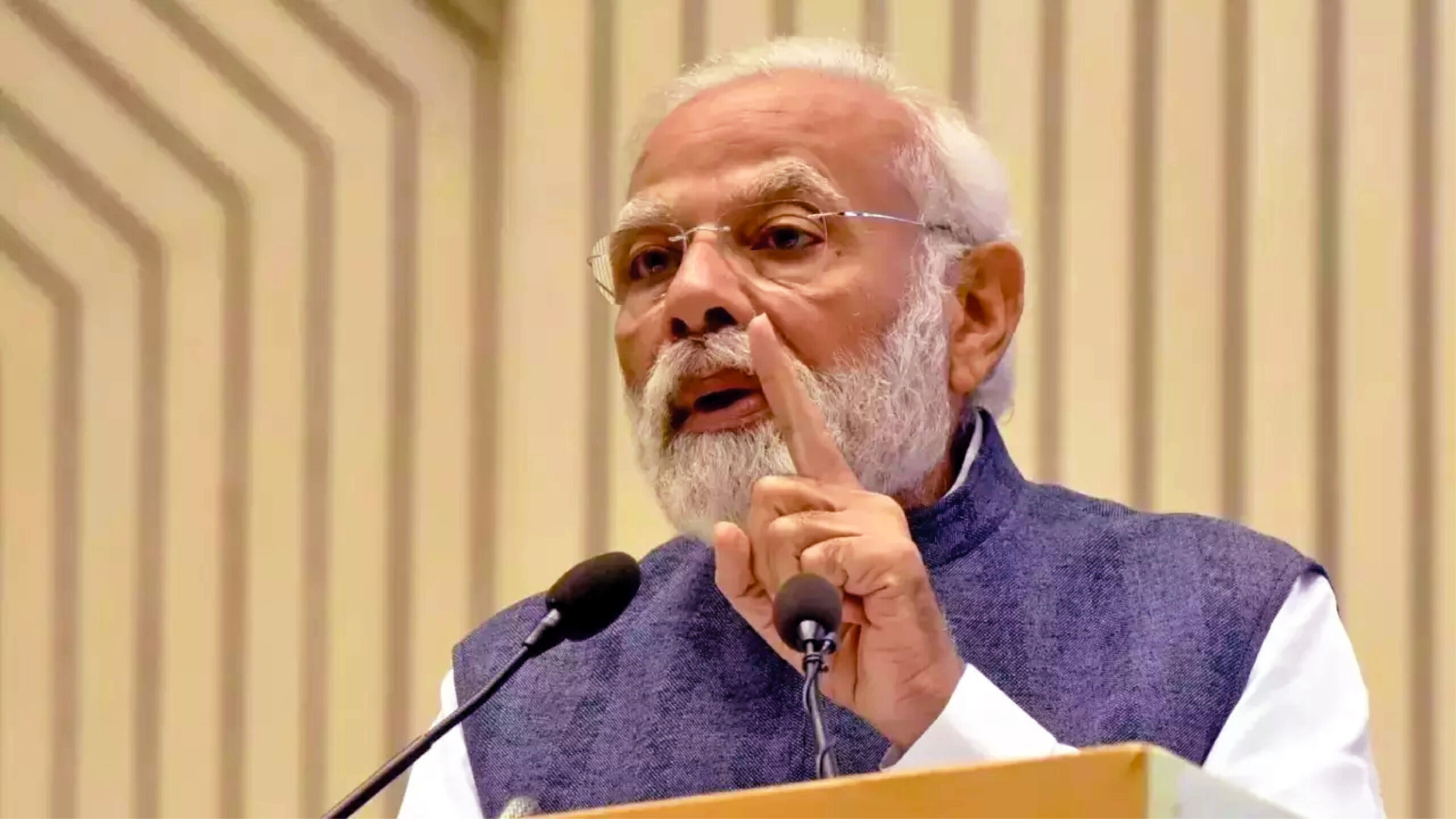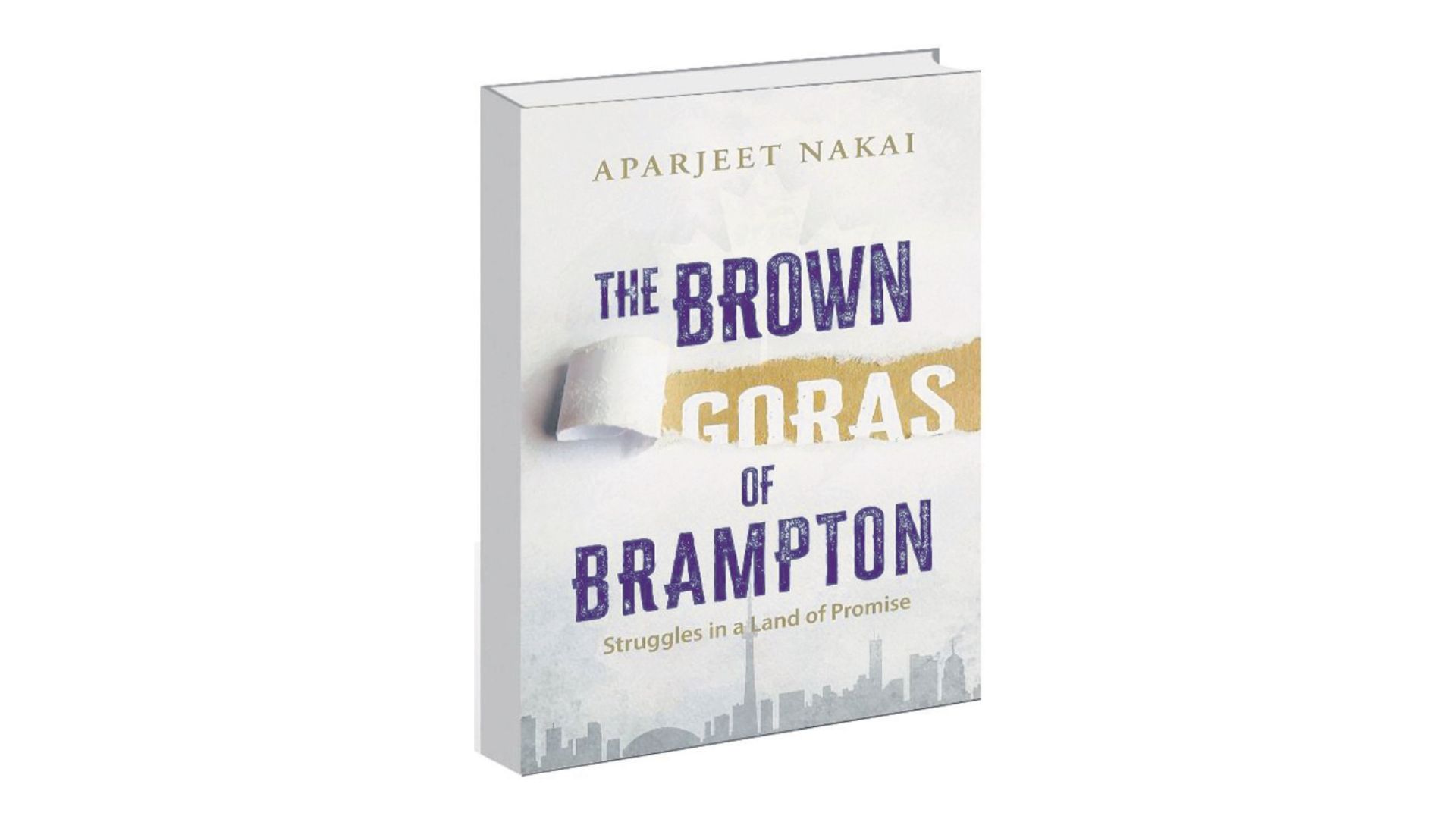
In the rich tapestry of Canadian multiculturalism, “Brown Goras of Brampton: Struggles in The Land of Promise” by Aparjeet Nakai stands out as a compelling narrative that delves deep into the complexities of migration, identity, and community relations. Nakai, a seasoned traveler with a penchant for understanding diverse cultures, brings to light the often-unspoken struggles faced by new migrants within the Indian diaspora in Canada, even as they navigate their shared heritage with older migrants. Through meticulous research, intimate interviews, and personal experiences, Nakai offers readers a nuanced understanding of the multifaceted dynamics shaping one of Canada’s most vibrant communities.
The book opens with Nakai’s journey and encounters with new immigrants and students who face discrimination. This personal touch sets the stage for a profound exploration of the larger themes at play. As Nakai embarks on a journey across Canada, traveling on a truck to immerse himself in the realities of migrant life, readers are invited to join him on a thought-provoking odyssey through the heart of Canadian multiculturalism.
One of the book’s most significant contributions is its historical contextualization of migration to Canada, spanning over a century and encompassing diverse ethnic communities. From the early Chinese and Japanese immigrants to the more recent influx of Indian migrants, Nakai traces the ebb and flow of migration patterns and the evolving landscape of Canadian immigration policies. By weaving together stories of resilience, struggle, and adaptation, Nakai paints a vivid picture of the intricate mosaic that is the Canadian multicultural tapestry.
Central to Nakai’s narrative is the exploration of intergroup tensions within the Indian diaspora, shedding light on the pervasive discrimination faced by new migrants from older ones, colloquially referred to as “brown goras.” Through insightful interviews and psychological studies, Nakai unpacks the underlying dynamics of intergroup animosities, offering readers a deeper understanding of the psychological mechanisms at play. From the subtle nuances of identity politics to the overt manifestations of prejudice, Nakai navigates the complex terrain of ethnic relations with sensitivity and insight.
Throughout the book, Nakai deftly balances scholarly analysis with personal anecdotes, creating a compelling narrative that is both informative and engaging. Each chapter is meticulously researched, offering readers a wealth of historical context, sociological insights, and firsthand accounts. From the challenges of cultural assimilation to the resilience of community solidarity, Nakai’s narrative is as diverse and multifaceted as the community it seeks to portray.
One of the book’s most captivating aspects is its exploration of the role of artists and cultural activists in bridging the divide within the Indian diaspora. Through vibrant portrayals of artistic endeavors and grassroots initiatives, Nakai highlights the transformative power of creativity in fostering empathy, understanding, and social cohesion. From community murals to multicultural festivals, Nakai showcases the myriad ways in which art serves as a catalyst for dialogue and reconciliation. In addition to its exploration of contemporary issues, “Brown Goras of Brampton” also offers readers a fascinating glimpse into the historical evolution of Canadian immigration laws and policies.
By tracing the legislative milestones and policy shifts that have shaped the Canadian immigration landscape, Nakai provides readers with a comprehensive understanding of the broader socio-political context in which migration occurs. From the discriminatory policies of the past to the progressive reforms of the present, Nakai’s narrative underscores the ongoing struggle for equality and justice within the Canadian immigration system.
As the book draws to a close, Nakai offers readers a thoughtful reflection on strategies for reducing intergroup tensions and fostering greater inclusivity within the Indian diaspora.
From community-based initiatives to policy advocacy, Nakai presents a range of practical solutions for addressing the root causes of discrimination and division. Grounded in empirical research and informed by personal experience, Nakai’s recommendations serve as a roadmap for building a more inclusive and equitable society
for all.
